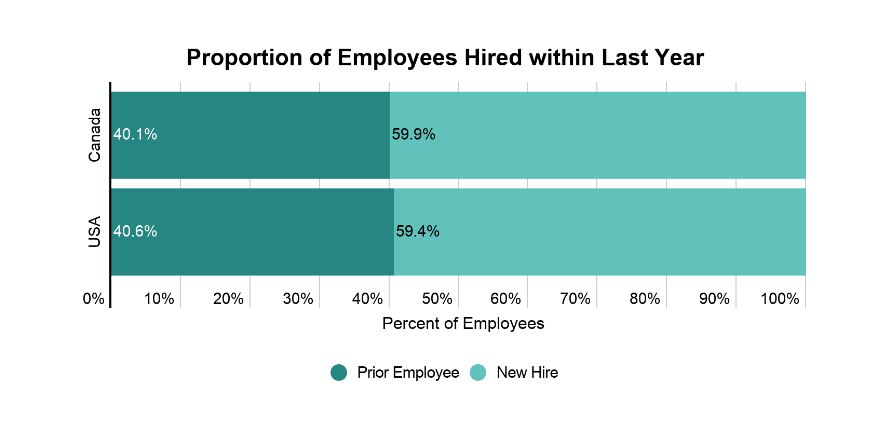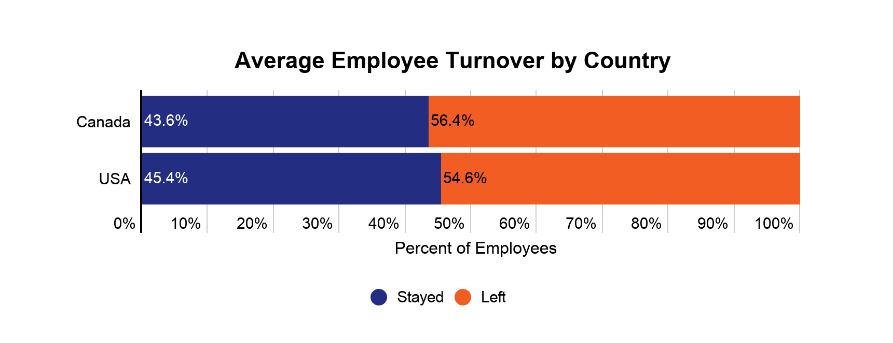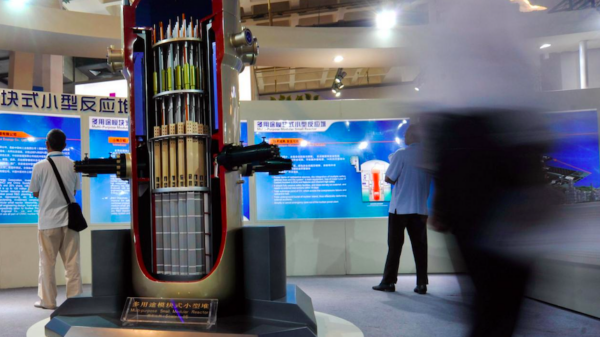Budtenders in North America quit their job in the first 30 days after getting hired, according to a new report by the pot analytics firm Headset.
On Thursday, the analytics firm Headset released a report about the turnover of budtenders in the cannabis industry and saw that the majority of budtenders who worked last year were also hired last year. It also found that budtenders that work longer than a year at only one retailer are the minority.
Around 55 per cent of budtenders who worked at any point over the previous 12 months had left within that time period. A third of all Canadian budtenders who got hired left within a year.

Graph via Headset
When comparing differences between Canada and the U.S., analysts found that turnover among longer-tenured employees is nearly identical between the two countries and turnover among newly hired employees is slightly higher in Canada than in the U.S.
In the U.S. retailers in Illinois have the best retention while those in Colorado and Oregon have the highest rates of turnover.
According to firm analysts, budtenders are the most critical sales conduit for the majority of retail transactions.
“Because of their extreme importance, budtender hiring, onboarding, and management is one of the most crucial tasks in any cannabis retail operation,” the analysts write in the report.
“Turnover is often unavoidable and always costly, so it’s essential to optimize the employee hiring and managing process wherever possible.”

Graph via Headset
Read more: BC budtender rehired after being fired for pushing for unionization
Read more: Listen to consumers and budtenders, not shareholders, says GTEC CEO
For the report, Headset looked into employee and sales data from different retailers across a 12-month time period from June 2021-May 2022. It included data from retailers in Arizona, California, Colorado, Illinois, Nevada, Oregon, Washington, Michigan and Massachusetts in the United States and Alberta, Ontario, British Columbia and Saskatchewan in Canada.
“If you’re running a retail operation, you’re likely spending too much time managing your employees,” reads the report by Headset.














